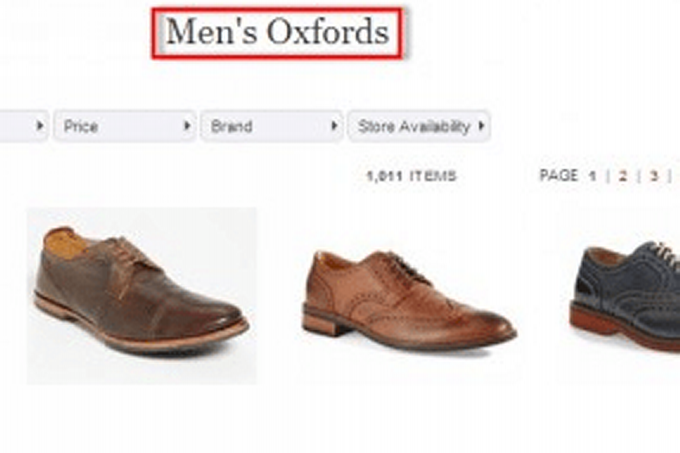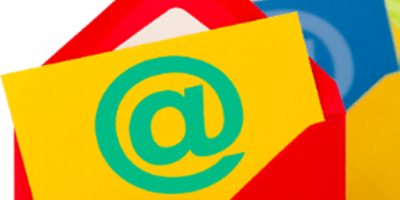
Implementing a search engine marketing technique sometimes requires instruments that may be harmful when mishandled. Realizing these instruments — when to make use of them and the way — could make all of the distinction.
That is the twelfth and final publish in my “web optimization How-to” sequence. Earlier installments are:
- “Half 1: Why Use It?“;
- “Half 2: Understanding Search Engines“;
- “Half 3: Technique and Planning“;
- “Half 4: Key phrase Analysis Ideas“;
- “Half 5: Analyzing Key phrase Knowledge“;
- “Half 6: Optimizing On-page Components“;
- “Half 7: Mapping Key phrases to Content material“;
- “Half 8: Structure and Inside Linking“;
- “Half 9: Diagnosing Crawler Points;”
- “Half 10: Redesigns, Migrations, URL Modifications“;
- “Half 11: Mitigating Threat.”
Technical web optimization focuses on just a few essential areas: crawling, indexation, and defining content material sorts.
Regulating Search Engine Crawlers
Probably the most elementary natural search requirement is permitting search engine crawlers (bots) to entry your website. With out the crawl, search engines like google and yahoo can’t index and rank your pages.
Crawl instruments mean you can open or shut the door to look bots on a web page by web page foundation. Use the instruments to dam pleasant bots from content material that you simply don’t need in Google’s index, corresponding to buying cart and account pages.
Robots.txt file, positioned within the root listing of your area, tells bots which pages to crawl. For instance, Sensible Ecommerce’s robots.txt file is at Practicalecommerce.com/robots.txt.
Entry to the full-site is the default — you don’t have to allow entry. Issuing disallow instructions disables respected search bots from accessing a number of pages. Nuisance bots, corresponding to scrapers that replicate your content material to repost on spam websites, gained’t obey robots.txt recordsdata. For web optimization functions, nevertheless, the robots.txt file works effectively.
See my publish in April for extra on robots.txt.
Meta robots noindex tag. Utilized to particular person pages, the noindex attribute of the robots metatag — normally simply known as a noindex tag — can forestall bots from indexing particular person pages. It sits within the head of your web page’s HTML code along with your title and meta description tags.
The meta noindex tag could be highly effective but additionally harmful. When utilized in a web page template, the meta noindex tag cuts off indexation for each web page in that template.
Different attributes, corresponding to nofollow, nocache, and nosnippet, can be found with the robots meta tag to, respectively, limit the stream of hyperlink authority, forestall web page caching, and request that no snippet of the web page’s content material present in search outcomes.
See my April publish for recommendations on managing noindex tags.
Enabling Indexing
Indexing instruments information search engines like google and yahoo to the content material you wish to seem in natural search outcomes.
XML sitemap. Not like an HTML sitemap, which many websites hyperlink to within the footer, XML sitemaps are a stark listing of URLs and their attributes. Bots use XML sitemaps to enhance the listing of pages they uncover when crawling your website. XML sitemaps invite bots to crawl the pages however don’t assure indexing.
I addressed final yr the construction and limitations of XML sitemaps.
Google Search Console and Bing Webmaster Instruments. After you have an XML sitemap, submit it to each Google Search Console and Bing Webmaster Instruments. That, and referencing the XML sitemap URL in your robots.txt file, ensures that the bots can discover it.
Sitemap submission just isn’t the one motive to enroll in Google’s and Bing’s webmaster toolsets, although. Additionally they function efficiency dashboards for every search engine. Furthermore, Google’s Search Console features a URL Inspection instrument to request indexing of any URL in your area.
Eradicating Listed URLs
Ensure that you need content material crawled and listed earlier than it goes reside. It’s rather a lot simpler to stop indexing than to take away it afterward. Nevertheless, if you’ll want to take away pages from a search engine index, corresponding to for duplicate content material or personally identifiable information, contemplate these strategies.
404 file not discovered. The quickest technique to take away a web page from a search index is to take away it out of your net server in order that it returns a 404 file-not-found error.
Nevertheless, 404 errors are lifeless ends. All of the authority that the reside web page had earned over time (from different websites that linked to it) dies. At any time when attainable, use one other technique to deindex content material.
See my publish on 404 errors.
301 redirects are header requests from the webserver to the consumer earlier than a web page masses signaling that the requested web page not exists. It’s highly effective as a result of it additionally instructions search engines like google and yahoo to switch all of the authority from the outdated web page to the web page being redirected to, strengthening that receiving URL. Use 301 redirects every time attainable to take away content material, protect hyperlink authority, and transfer the consumer to a brand new web page.
See my publish on 301 redirects.
Canonical tags. One other type of metadata discovered within the head of a web page’s code, the canonical tag tells search engine crawlers whether or not the web page is the canonical (i.e., authoritative) supply. Canonical tags can deindex pages and combination hyperlink authority to the canonical model.
Canonical tags are useful for managing duplicate pages — a standard prevalence with ecommerce product catalogs.
Canonical tags are a request, not a command like 301 redirects. Nonetheless, they’re efficient if you want people to entry a web page, however you don’t need search engines like google and yahoo to index it.
See my publish on canonical tags.
Google Removals instrument. One other function in Google Search Console, the Removals instrument can briefly take away pages from Google’s index. Watch out, nevertheless, as I’ve seen complete websites by accident eliminated with a single click on.
The Removals instrument is an effective alternative when you’ll want to delete outdated or delicate info from search outcomes rapidly. If you need the elimination to be everlasting, nevertheless, you’ll have to take away the web page out of your website (to return a 404 error) or place a noindex tag on it. In any other case, Google will recrawl and reindex the web page inside six months.
For extra, see Google’s “Removals Instrument” rationalization.
Defining Content material
Lastly, structured knowledge can outline content material sorts to help search engines like google and yahoo in understanding it. Structured knowledge may set off the position of wealthy snippets and data panels in Google’s natural search outcomes.
Normally coded utilizing JSON-LD or the microdata commonplace, structured knowledge locations bits of metadata into your present web page templates. The code surrounds present knowledge parts, corresponding to worth, rankings, and availability.
I addressed structured knowledge for ecommerce product pages final yr.




















